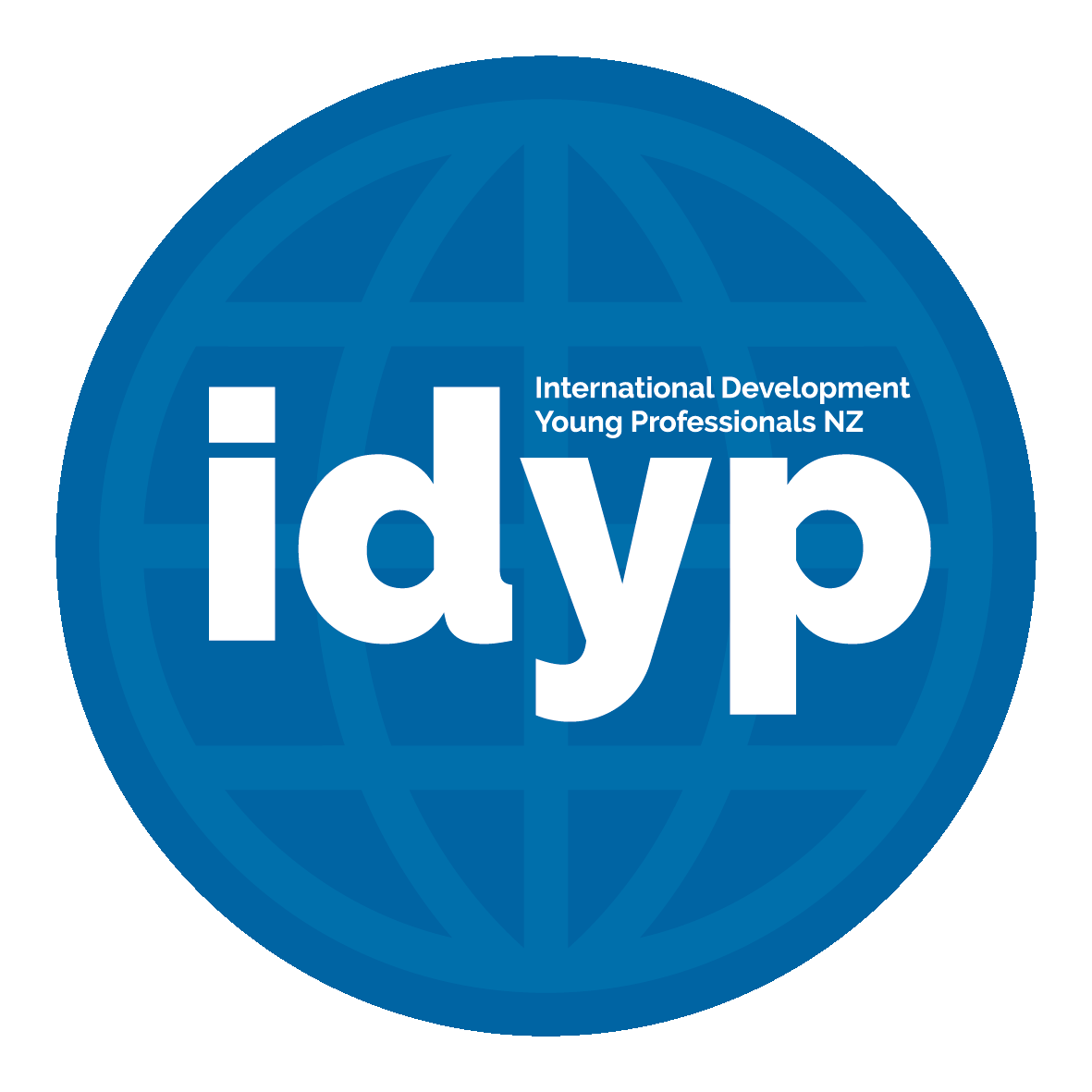IDYP & UNANZ: The value and impact of the UN Sustainable Development Goals
Written by David Chau and Siobhan Patia from IDYP.
On 21 February 2019, IDYP partnered with the United Nations Association of New Zealand (UNANZ) for a panel event on the value and impact of the #UN Sustainable Development Goals (#SDG). We kicked off 2019 at GridAKL with a great discussion which attracted more than 80 people from the international development community. A diverse panel saw representation from a Crown research institute, academia, the private sector and not-for-profit organisation. These included Dr Richard Newcomb (Chief Scientist at Plant and Food Research “PFR”), John Leeves (Natural Hazards Sector Lead at Tonkin and Taylor “TT”), Professor Eleanor Holroyd (AUT University “AUT”) and Teresa Lee (President of UN Youth Auckland “UN Youth”). We are also grateful to have had the fantastic Jody Jackson-Becerra from AUT, who ran a pop quiz with the crowd to get everyone thinking about the series of global events that built up to the 17 UN SDGs.
On how the SDGs cause the panelists’ organisations to work different, Dr. Newcomb explained PFR has made a strategic shift from ‘what is the benefit to New Zealand?’ to ‘what is the benefit to the world, and what is New Zealand’s part to play?’ As the international research community are also aligning their work with the SDGs, this has made for a great way to find commonality and collaborate. Teresa Lee highlighted how SDGs give hope to young people. She connected the SDGs with the previous out-performing of the Millennium Development Goal relating to poverty and how this showcases the possibilities for change when everyone works together. John Leeves commented on how the SDGs provided them with a ‘true compass’ or guidance, and something that resonates with the employees of the organisation. He went on to explain that TT are in the process of exploring how they can align themselves with the SDGs, Sendai Framework, and other similar frameworks, starting with a strategic review and reimagining their company vision. Finally, Professor Holroyd noted that the SDGs form a common point of communication for lecturers and students. She called out the importance of the SDGs as a topic of academic research for masters and doctorates driven by the interest of research candidates, which is reflected at an undergraduate level by incorporating the framework into curriculums.
Jody moved on to asking how practicable it was to measure implementation of SDGs and how measurement could be approached. The consistent message from the panel was that this is the hardest part about delivering the SDGs. In the age of data and timely information, measuring performance against the SDGs is proving to be difficult across academia, research, and the private sector. Dr Newcomb highlighted it would be too easy to make this a ‘tick box exercise’ for compliance purposes, but the challenge he has come across is being able to attribute the impact across different contributors. This is also because they don’t effect change, but provide knowledge on the effect. To better measure the effects, PFR have now expanded their capability to include economists and social scientists. This allows them to measure beyond traditional means and expand to econometrics and social outcomes. The need to measure against the SDGs has been driven by funders wanting to know the impact of the research they are sponsoring. Professor Eleanor also agreed there was a shift in focus towards social impact and outcomes. With her work focusing on SDG 5 (gender equality and empower all women and girls) they are measuring the impact through population health. But the task is still not easy, as wellbeing is hard to measure because there are so many impacting factors. From her observations, epidemiology and measuring from a bottom-up approach through participant surveys has shown a possible path forward.
An attendee asked the panel what is the role of government and regulation? John Leeves understood that as a framework, the applications of SDGs if legislated could apply to their work as much as health and safety regulations are as authorised by councils. Dr Newcomb challenged the role of government and regulation as they, governments, are transitory; the SDGs will be more enduring than any (democratic) government. This means the support and action you look for from the government needs to be flexible.
Finally, Jody asked the panelists to name one thing (internal or external) that would improve their organisations impact on the SDGs. Teresa was quick to request for organisations and institutions to engage with the youth on this matter. She explained that contrary to the image portrayed by the media or being disengaged, young Kiwis are very passionate about the SDGs. This mirrors the actions of school children and young people in the UK walking out of classes in a climate strike, and is echoed in an article published 14 February 2019 in The Economist titled The resurgent left: Millennial socialism. Dr Newcomb thought if we could better align our actions to deliver the SDGs while maintaining the quality of life for New Zealanders and that would drive us toward achieving them. Professor Eleanor continued with her focus on SDG5 with a request for more women in leadership. Finally John Leeves wanted to share his organisations privileged position with clients by influencing them to prioritise the SDGs through sharing knowledge of the SDGs with them. A problem shared is a problem halved.
Thank you once again to GridAKL for providing us with a free space to host these events and to UNANZ for collaborating with us on this event.
Ngā mihi to all panelists and attendees that gave energy and curiosity to the event. We look forward to seeing you at our next event soon.












